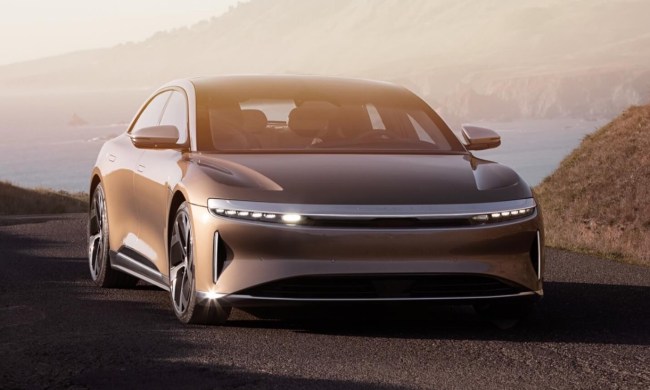On a hot summer day in Utah at the Bonneville Salt Flats in August 1967, New Zealander Burt Munro set a land speed record for motorcycles under 1,000ccs. Munro drove a highly-modified 1920 Indian Scout Streamliner for a two-way average running mile speed of 183.59 mph — officially corrected in 2014 to 184.087 mph after his son noticed a calculation error. The record remains unbroken.
On August 13, Burt Munro’s great-nephew Lee Munro will ride a 2017 Indian Scout modified by Indian Motorcycle engineers at Bonneville in memory and celebration of his uncle’s feat. The team of Indian Motorcycle engineers volunteered for this project and worked on their own time to prepare the bike the younger Munro will ride. Lee Munro will not attempt to best his uncle’s record but will honor the original ride.
Lee Munro is a Kiwi road racer who recently won the vintage motorcycle class at the Methven Street races on a 1941 Indian motorcycle. “My uncle Burt was a significant inspiration for my own racing career, and his appetite for speed is clearly a part of my DNA,” said Lee Munro. “What Indian Motorcycle is doing is fantastic, and I couldn’t be prouder to partner with them and pilot my own Scout at Bonneville in honor of my Uncle and the 50th anniversary of his historic record.”
Burt Munro’s legacy and story of ignoring conventional limitations and achieving the impossible was told in the 2006 film, The World’s Fastest Indian, starring Anthony Hopkins.
“Motorcycling is about shedding boundaries and limitations to go beyond the norm, and there is no better example of that than Burt Munro,” said Reid Wilson, Indian Motorcycle’s marketing director. “Driven by unparalleled determination and a legendary passion for the pursuit, Burt Munro embodies the spirit of Indian Motorcycle, and we couldn’t be prouder to honor his legacy with an updated version of his historic record on the Bonneville Salt Flats in August.”



